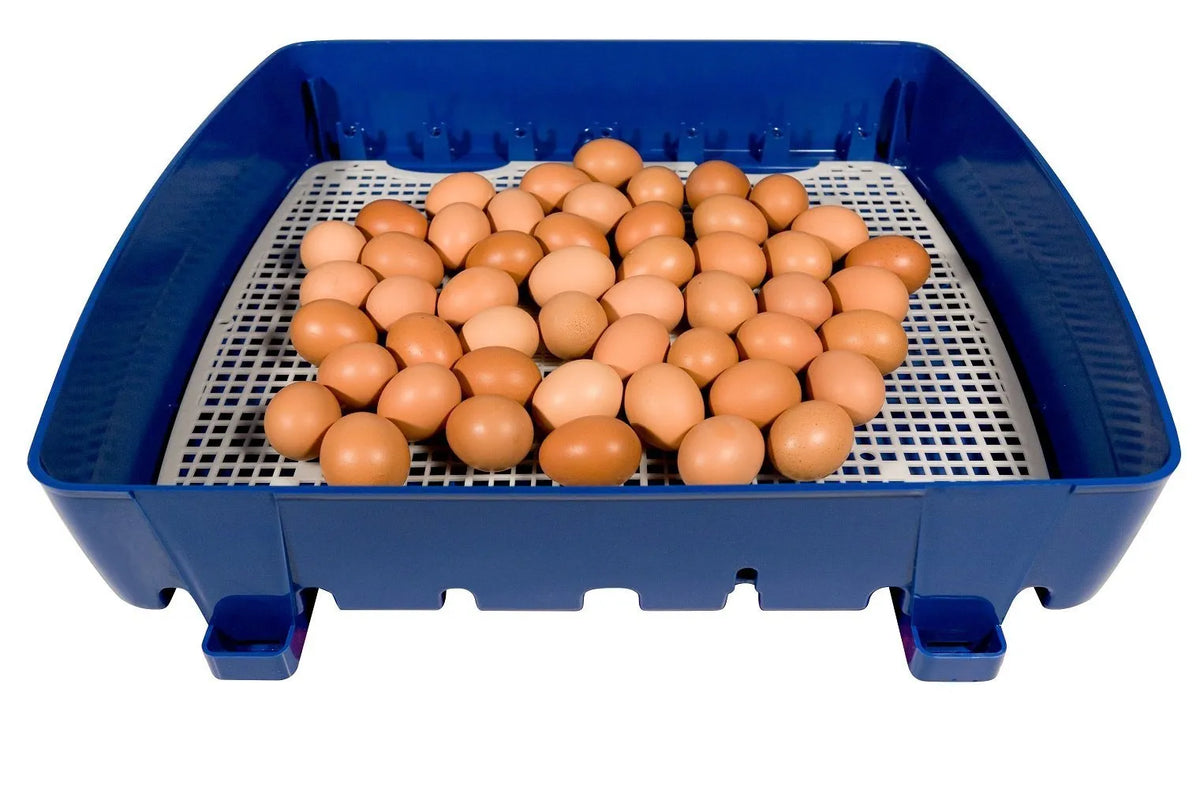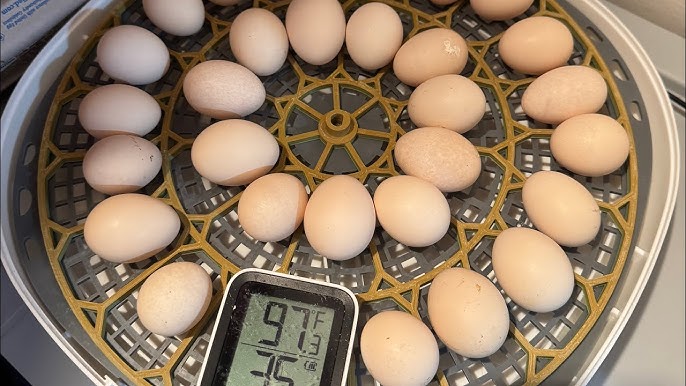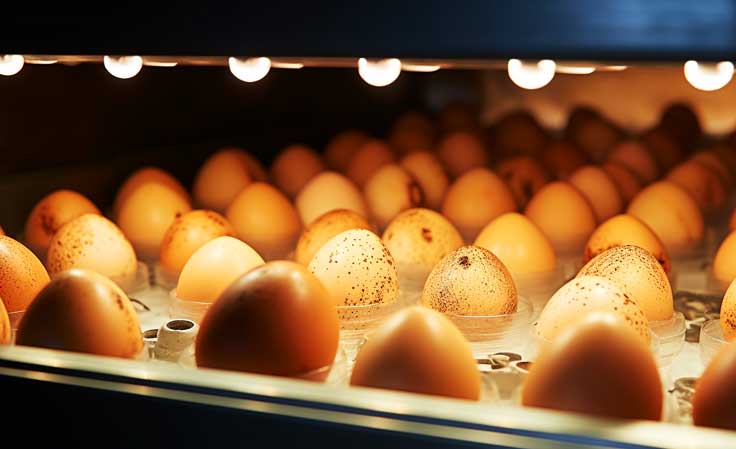Embarking on the journey of egg incubation can be both exciting and rewarding. Whether you’re a chicken enthusiast or simply curious about the process, understanding the beginners guide to egg incubation is essential. This comprehensive guide will walk you through the fundamentals, ensuring youre well-prepared for a successful hatch.

Understanding Egg Incubation
Before diving into the technical aspects, its crucial to grasp what egg incubation entails. In essence, incubation is the process of maintaining fertile eggs under controlled environmental conditions to facilitate embryo development and hatching.
Choosing the Right Incubator
Selecting an incubator is a critical step. Consider factors such as capacity, temperature control, and humidity regulation. For beginners, opting for a user-friendly model is advisable.
Types of Incubators
There are various types of incubators available, ranging from manual to fully automated models. Automated incubators are ideal for beginners due to their ease of use and consistent performance.
Capacity Considerations
Determine the number of eggs you wish to incubate. Ensure the incubator has sufficient capacity and appropriate features to accommodate your needs.
Preparing Eggs for Incubation
Proper egg preparation is vital for successful incubation. Learn how to store eggs before incubation to maintain their viability.
Egg Selection
Choose eggs that are clean, undamaged, and well-shaped. Avoid using eggs with cracks or abnormalities, as these can impact hatching success.
Egg Storage
Prior to incubation, eggs should be stored in a cool, stable environment. Avoid exposing them to extreme temperatures or humidity fluctuations.
Incubation Environment
Creating an optimal incubation environment is crucial. The two main factors are temperature and humidity.
Ideal Temperature
The ideal temperature for chicken incubators is around 99.5F (37.5C). Consistency is key, so monitor the temperature regularly.
Maintaining Humidity
Humidity levels should be maintained at approximately 50-55% for the first 18 days. During the final days, increase humidity to 65-70% to ensure successful hatching. For more tips, visit humidity tips.
Turning the Eggs
Regularly turning the eggs is essential to prevent the embryo from sticking to the shell. Automated incubators often handle this task, but manual turning is necessary for some models.
Frequency of Turning
Turn the eggs at least three times daily until the last three days before hatching, when turning should stop. Learn more about turning eggs.
Candling Eggs
Candling is the process of shining a light through the eggs to monitor embryo development. It helps identify any issues early and allows for timely intervention.
When to Candle
Candle the eggs around day 7 and day 14 to check for signs of embryo development. Remove any eggs that show no signs of life.
Hatching Process
The final stage of incubation is hatching. Its an exciting time, but patience is essential.
Signs of Hatching
As the hatch day approaches, listen for chirping sounds and watch for pipping, which is the initial crack in the eggshell made by the chick.
Assisting the Hatch
While it might be tempting to assist, its usually best to let nature take its course. Only intervene if absolutely necessary.
Post-Hatch Care
After the chicks hatch, provide them with a warm, safe environment. Ensure they have access to clean water and starter feed.
Brooder Setup
Set up a brooder with a heat source, bedding, and food to create a comfortable environment for the chicks.
Monitoring Health
Keep an eye on the chicks’ health and growth. Any signs of illness should be addressed promptly.
Common Challenges and Solutions
Incubation can present challenges, such as temperature fluctuations and humidity issues. Troubleshoot problems as they arise to ensure a successful outcome.
Dealing with Temperature Fluctuations
Invest in a reliable thermometer and hygrometer to monitor conditions. Quickly address any deviations from the norm.
Handling Humidity Issues
Adjust water levels in the incubator to maintain proper humidity. Consider using a humidity pad or sponge if necessary.
Conclusion
Embarking on the journey of egg incubation is a rewarding experience that requires preparation and attention to detail. By following this beginners guide to egg incubation, youll be well-equipped to enjoy the miracle of life firsthand.

FAQs
1. What is the ideal temperature for egg incubation?
The ideal temperature is approximately 99.5F (37.5C) and should be consistently maintained.
2. How often should eggs be turned during incubation?
Eggs should be turned at least three times daily until the last three days before hatching.
3. When should I candle the eggs?
Candle the eggs around day 7 and day 14 to monitor embryo development.
This article contains affiliate links. We may earn a commission at no extra cost to you.











